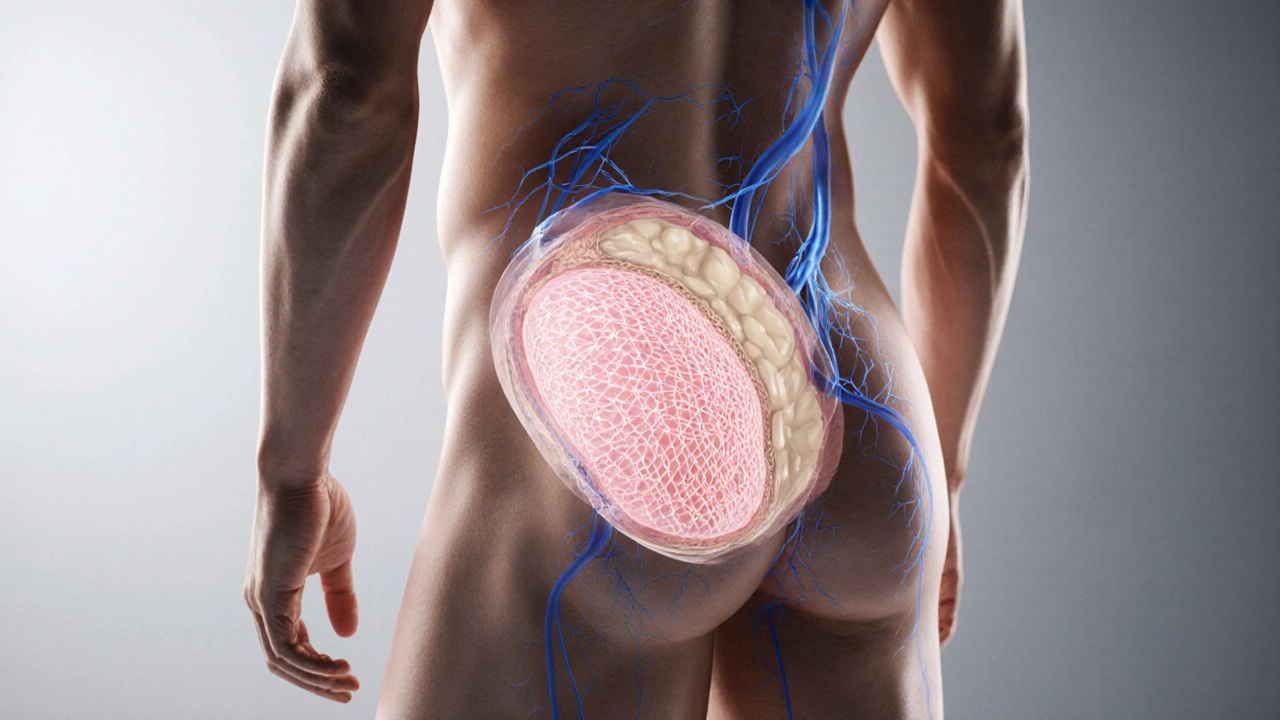Penis Enlargement – What It Is and Why It Matters
When you hear penis enlargement, the process of increasing penile length or girth through medical, mechanical, or non‑surgical means. Also called male enhancement, it sits at the crossroads of several health topics. One of the most common related concerns is erectile dysfunction, the inability to achieve or maintain an erection sufficient for intercourse, which directly influences how well many enlargement techniques work. Another key player is sildenafil, a phosphodiesterase‑5 inhibitor best known as Viagra that improves blood flow to the penis. Finally, penile implant, a surgically placed device that provides rigidity for men with severe erectile issues often appears in discussions about lasting size enhancement. Understanding these connections helps you separate myth from medicine and decide which path, if any, fits your goals.
Penis enlargement encompasses a range of approaches, from low‑risk lifestyle tweaks to invasive procedures. Non‑surgical options include stretching exercises, traction devices, and vacuum pumps—each aiming to stimulate tissue growth by applying gentle, consistent force. Penis enlargement requires a clear grasp of vascular health, because better blood flow usually translates to more noticeable gains. That’s where erectile dysfunction enters the picture: if blood can’t reach the shaft effectively, even the most disciplined stretching routine will stall. Surgical routes—such as ligament release, fat grafting, or dermal fillers—promise quicker results but bring higher complication rates, including loss of sensation or scarring. Injectable therapies, like hyaluronic acid fillers, sit somewhere in the middle, offering moderate change with relatively short recovery. Each method demands a trade‑off between immediacy, cost, and safety, so weighing these factors against personal expectations is essential.
Safety and realistic expectations are the twin pillars of any penis enlargement plan. A 2023 clinical review found that men who combined a proven PDE‑5 inhibitor like sildenafil with a traction device saw modest size increases while reporting fewer adverse events than those who tried devices alone. Hormonal considerations also matter; unregulated testosterone boosters can disrupt endocrine balance and lead to unwanted side effects. When surgery is on the table, a board‑certified urologist should evaluate you for conditions such as Peyronie’s disease, which could worsen after an operation. Below, you’ll discover articles that compare popular ED pills, explain how finasteride (often discussed for hair loss) may affect sexual health, and break down the science behind skin‑barrier health—another piece of the puzzle for men interested in overall genital wellness. Armed with this context, you can navigate the list with confidence, spotting the information that matches your current stage, whether you’re just researching or ready to choose a specific treatment.

How Age Affects Penis Enlargement: What Works at Different Stages
- Date: 1 Oct 2025
- Categories:
- Author: David Griffiths
Explore how age influences the effectiveness and safety of penis enlargement methods, from traction devices to surgery, with clear guidance for each life stage.




